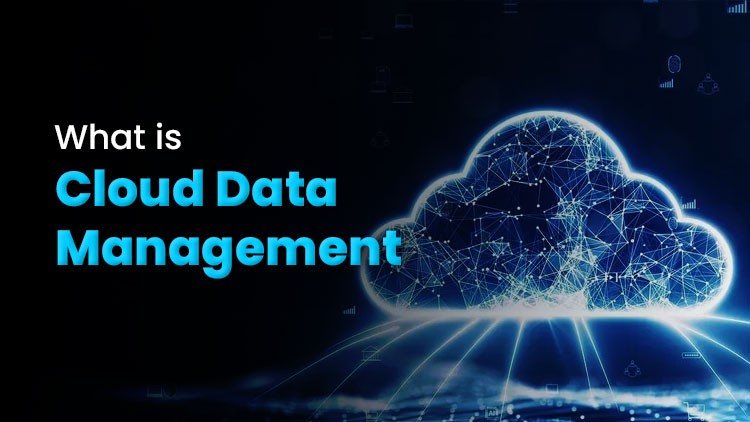1. Establish Clear Data Governance Policies
Develop strong governance policies to manage data uniformly across the organization by:
Setting Ownership and Accountability: Defining roles for data stewardship and management.
Implementing Classification Frameworks: Classifying data according to sensitivity, usage, and compliance requirements.
Ensuring Compliance: Following regulations such as GDPR, HIPAA, or CCPA for handling and storing data.
2. Choose the Correct Cloud Model
Choose a cloud model (public, private, hybrid, or multi-cloud) that aligns with your organization’s needs:
Public Cloud: Ideal for scalability and cost efficiency.
Private Cloud: Provides greater control and security for sensitive data.
Hybrid/Multi-Cloud: Combines flexibility and redundancy for diverse workloads.
3. Enable Data Integration and Interoperability
Unify data from multiple sources to create a centralized view:
Leverage ETL/ELT Tools: Use tools like Apache NiFi or AWS Glue for efficient data extraction and loading.
Use APIs and Middleware: Ensure that cloud platforms and on-premises systems communicate seamlessly.
Standardize Formats: Use universal formats such as JSON or Parquet to ensure compatibility.
4. Security and Access Control
Protect your data stored in the cloud from threats:
Encryption: Encrypt data both in transit and at rest.
Identity and Access Management (IAM): Use role-based access controls and multifactor authentication.
Zero Trust Architecture: Continuously verify users and devices before granting access.
5. Data Backup and Disaster Recovery
Prepare for data loss scenarios to ensure business continuity:
Regular Backups: Use tools like AWS Backup or Azure Backup to automate backups.
Geo-Redundancy: Store backups across different regions to prevent data loss in case of localized failures.
Recovery Testing: Test disaster recovery plans to ensure they meet recovery time and point objectives (RTO/RPO).
6. Optimize Costs Through Lifecycle Management
Avoid overpaying for cloud storage and processing:
Data Tiering: Store frequently accessed data in high-performance storage and move infrequently accessed data to cheaper tiers.
Monitor Usage: Use cost-management tools like AWS Cost Explorer or Azure Cost Management.
Set Retention Policies: Automatically delete outdated or redundant data to reduce storage costs.
7. Leverage Advanced Analytics and AI
Maximize data value by deriving actionable insights:
Data Lakes: Create centralized repositories to store structured and unstructured data.
AI/ML Tools: Predictive analytics, Anomaly Detection via AI-enabled platforms
Real-time Analytics Tools such as Apache Kafka or AWS Kinesis can be used to process real-time streams of data
8. Continuously Audit and Monitor the Cloud Environments
Continuous monitoring can guarantee compliance, hence detect the occurrence of anomalies, which includes;
Audit Logs
Maintain full logs about all data access and modification
Cloud Monitoring Tools such as Google Cloud Operations Suite, or Datadog for tracking suspicious activity.
Compliance Audits: From time to time, check up your cloud architecture with industry compliance benchmarks.
9. Data Culture
Promote the culture to work with an obsession for the quality and safety of data
Training Employees on Privacy of Data, Data Security Best Practices and Compliance.
Using cloud-first applications like Slack and Microsoft Teams as collaboration applications
Data-informed decision-making - Empowering the teams using Self-Service analytics platforms from companies such as Tableau or Power BI.
"We Can Help You Build Your Website – Contact Us Now!"



No comments:
Post a Comment